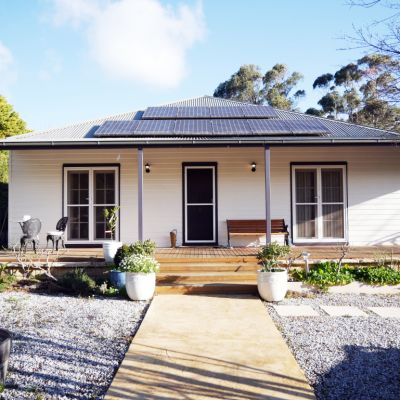Federal solar battery rebate set to make more Australian homes renewable
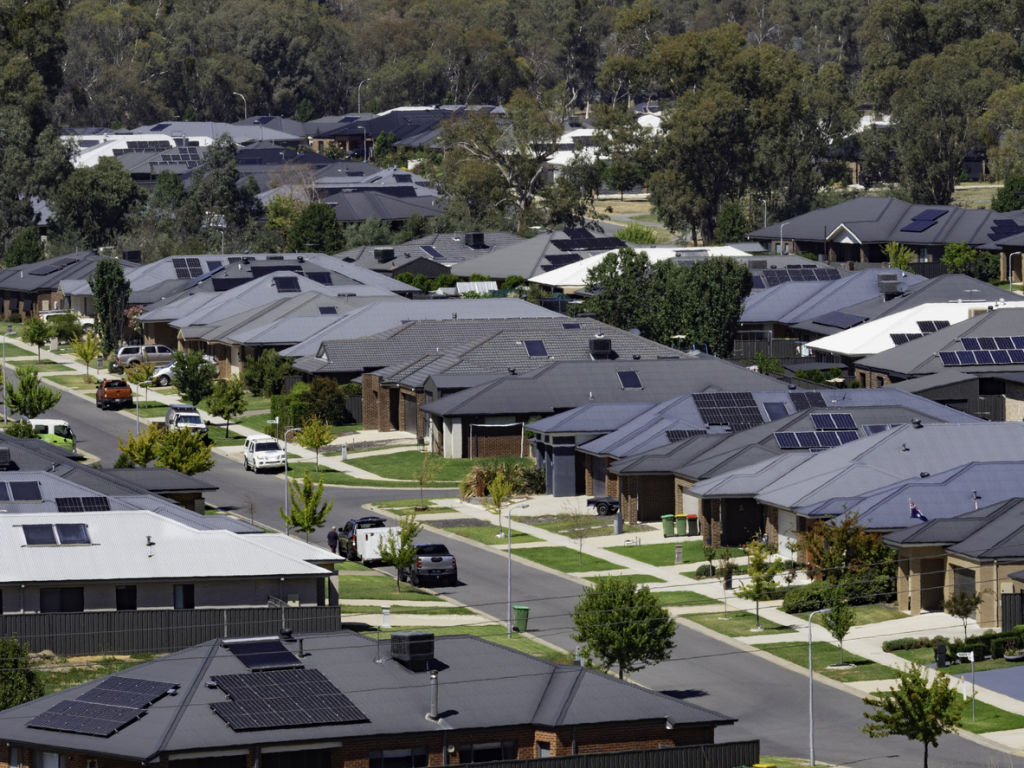
When Brian Wallis and his wife bought a home in Ballarat, they were already familiar with the benefits of solar.
Their Melbourne home had solar panels, and Wallis’ energy company paid him 68 cents per hour for the surplus energy generated by his home, which fed in to the local grid. This is called a feed-in tariff.
Within two days of moving into their new home, Wallis installed his first battery with the Solar Battery Group. Three batteries later, and his quarterly energy bill has gone from approximately $400 to $12 per quarter.
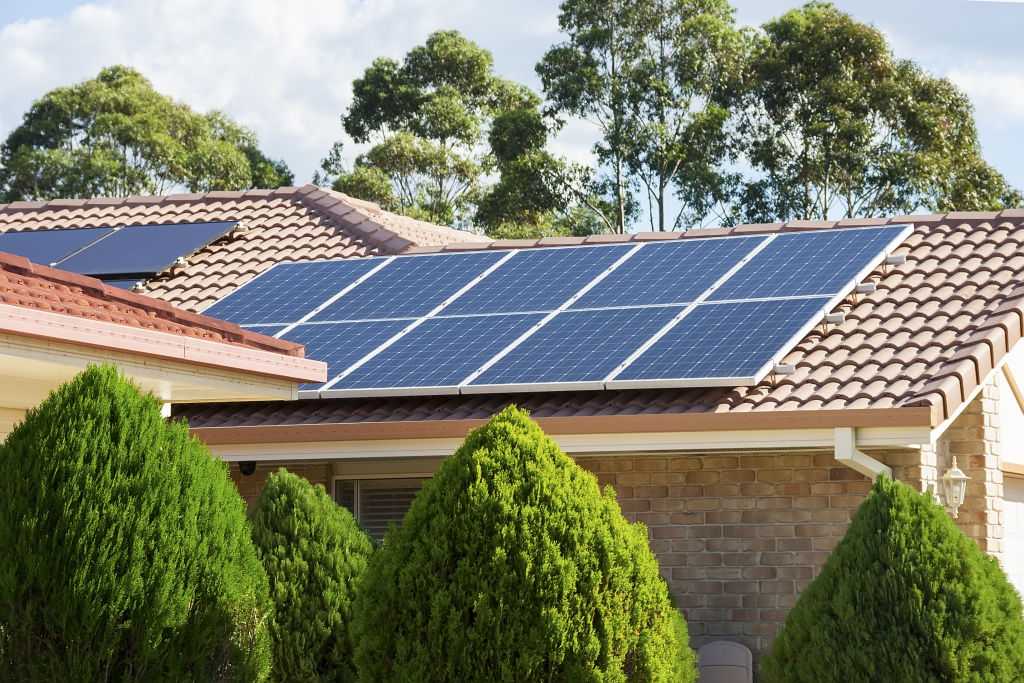
Wallis didn’t stop there, however: he’s now got car charging facilities for his hybrid vehicle, and has changed the cooktop and hot water service from gas to electric.
At 74, Wallis plans to sell one day, and he hopes the home’s new owner will want to move to Ballarat and work in Melbourne, driving down with an electric car.
“You can come home in the evening, charge it overnight, and drive back down again.”
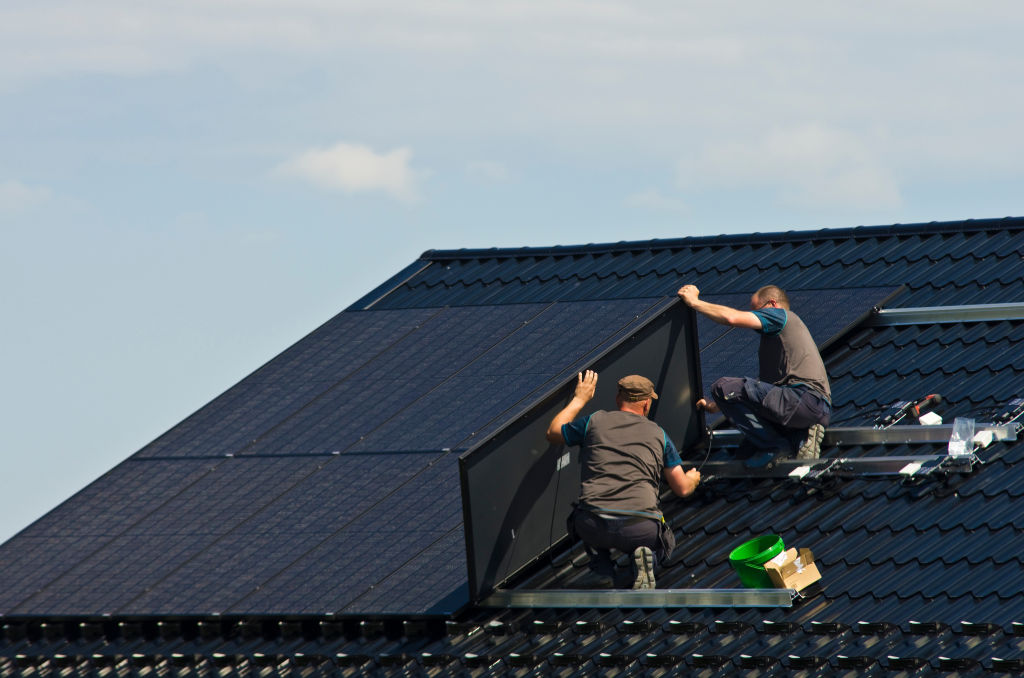
Are more Australian home owners signing up for government incentives like this?
Overall, about 4 million Australians have embraced solar batteries as a source of power.
Solar Battery Group chief executive James Hetherington says NSW and Queensland have the highest demand for solar batteries.
“Yes, it’s an investment, but with the 10 year warranties on the panels and the batteries, I think it’s a great investment,” he says.
Hetherington says it often takes four to five years before the solar battery pays for itself.
“Solar and batteries are the best way to give yourself that feeling you can control your [energy] usage,” Hetherington says. “A lot of people stay in their homes for 10-plus years. It aligns with that model.”
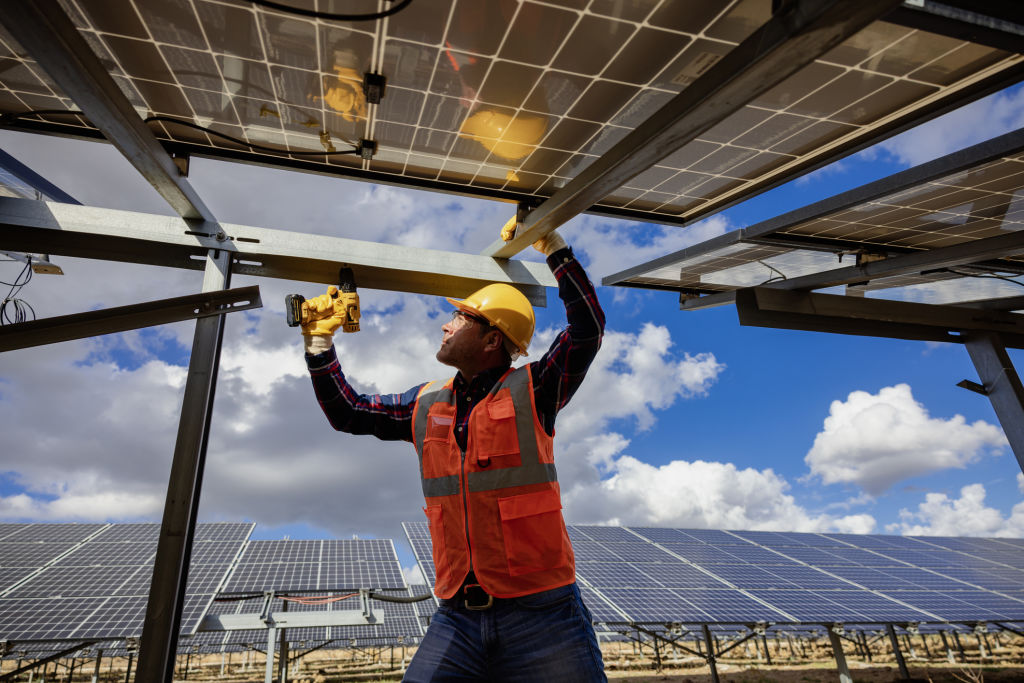
How does the federal rebate work with existing state rebates?
- The NSW solar battery rebate can be paired with the federal rebate for additional savings, with some local council grants also available.
- There is no solar battery rebate in Queensland, but Energex and Ergon offer some network-specific battery offers.
- There is no state solar battery rebate in Victoria, but the government does offer interest-free solar battery loans of up to $8800.
- South Australia had the home battery scheme, which is now closed, but there are Virtual Power Plant programs at discounted prices.
- Western Australia does not have a state solar rebate, but there are small trial programs like the PowerBank community batteries.
- Tasmania does not have a state solar rebate, with battery programs also limited to small trials.
- The ACT has state rebates of up to $5000 for home owners who meet certain conditions.
- The Northern Territory has a Home and Business Battery Scheme of up to $6000, with the potential to combine with the federal rebate, depending on program rules.
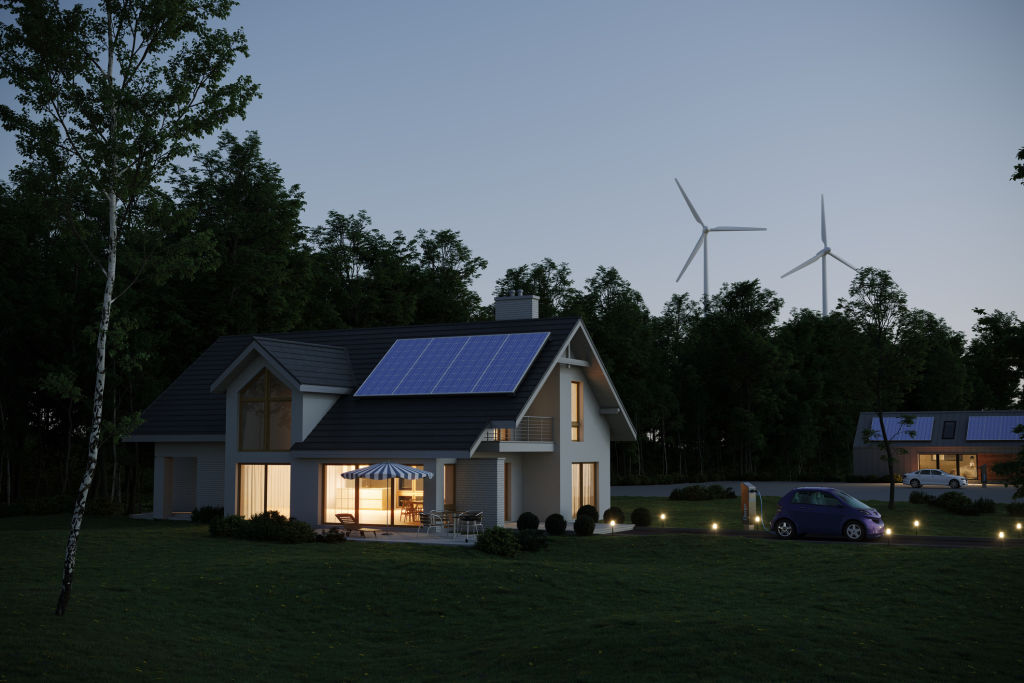
Federal solar battery rebate FAQs
What is the federal solar battery rebate?
It’s a 30 per cent discount on the cost of a home battery: the rebate is called the Cheaper Home Batteries Program.
How long will the Cheaper Home Batteries program run for?
There is a funding cap for this subsidy, so once the rebate runs out, funds will be exhausted. Since the rebate aims to speed up Australia’s renewable energy transition, time is of the essence – it’s first come, first served.
Who is eligible for the federal solar battery rebate?
Current state rebates vary, but they will be “stackable” with the federal rebate. To apply for the Albanese government rebate in 2025, home owners need to have rooftop solar panels already installed, which connect to the local grid.
Can any provider install a solar battery for the scheme?
No – you will only be eligible for the rebate if your provider is certified as a Solar Accredited Australia installer.
We thought you might like
States
Capital Cities
Capital Cities - Rentals
Popular Areas
Allhomes
More
- © 2025, CoStar Group Inc.
